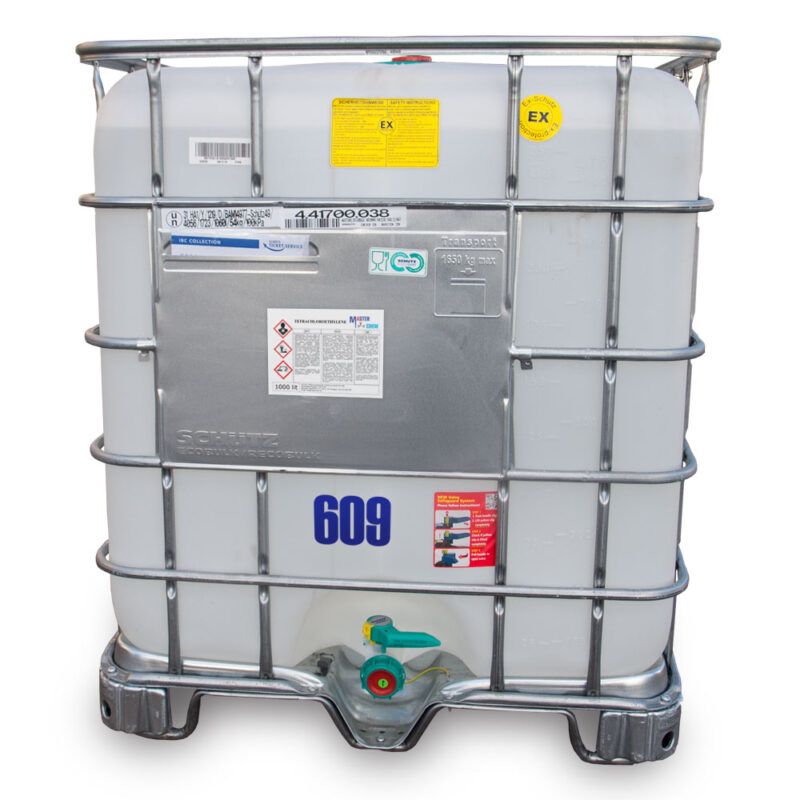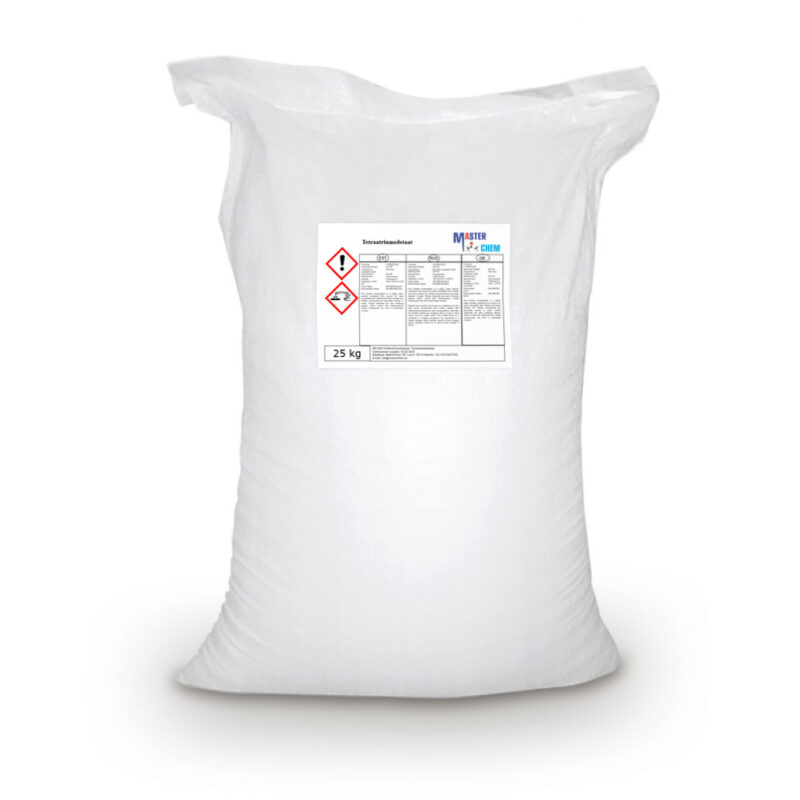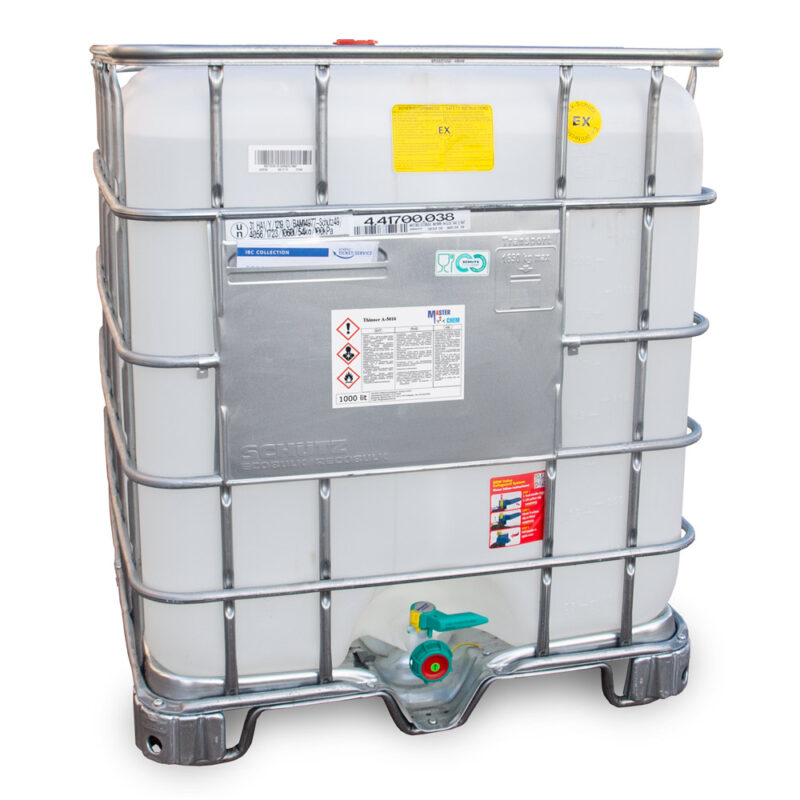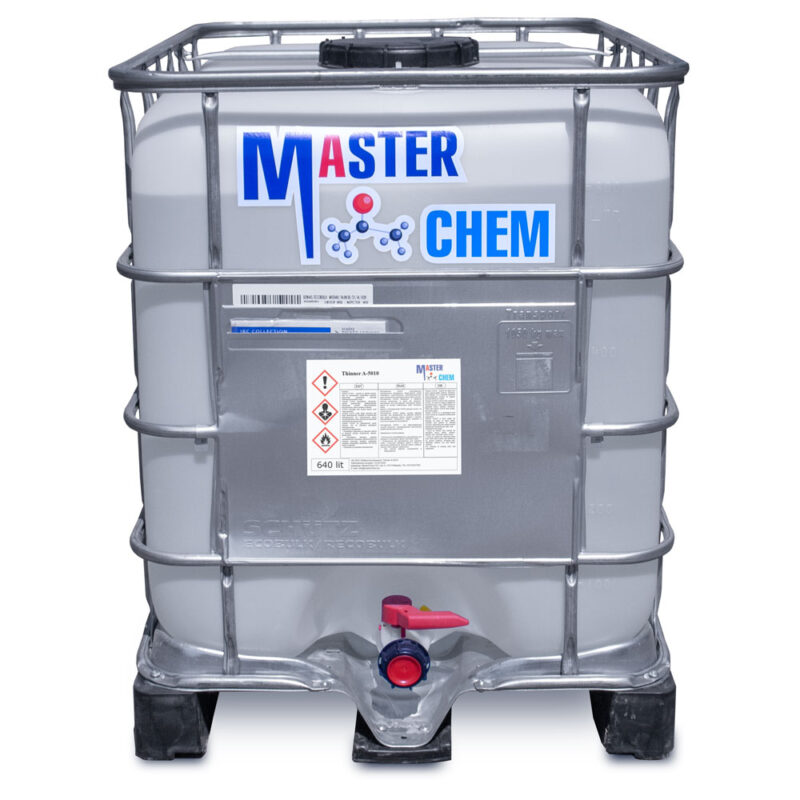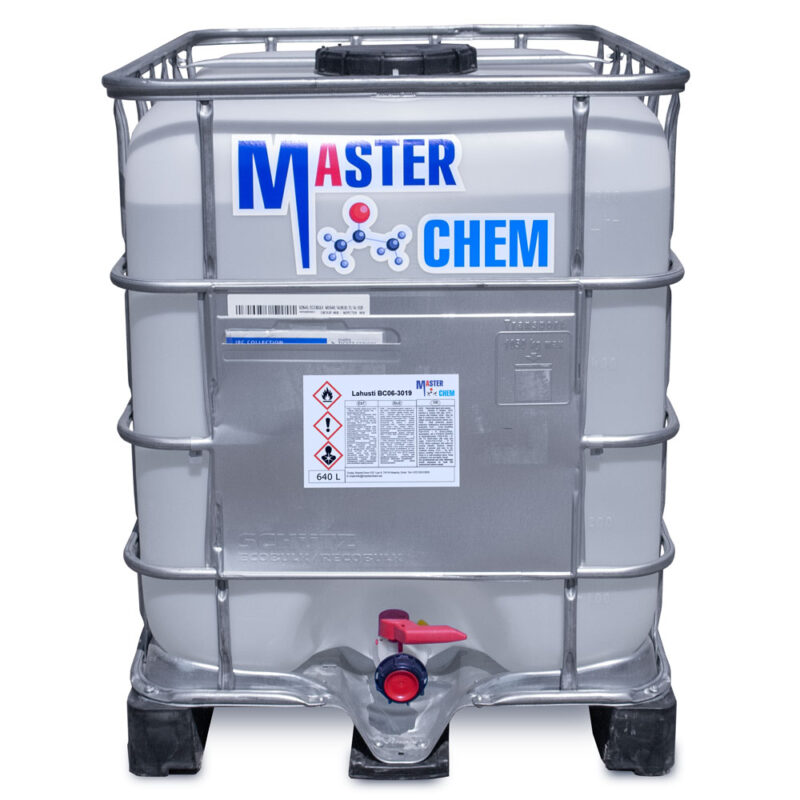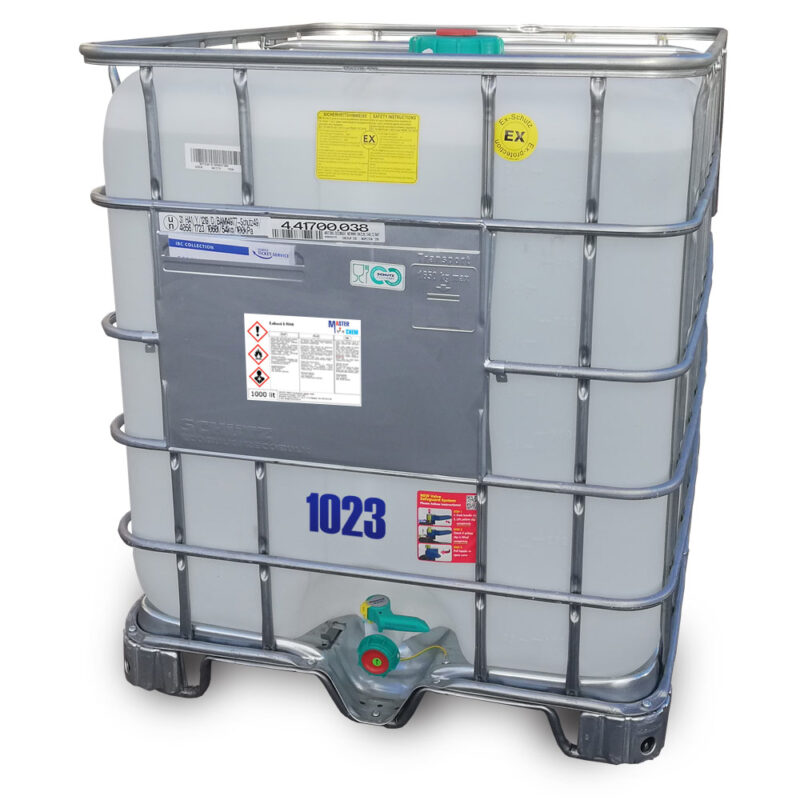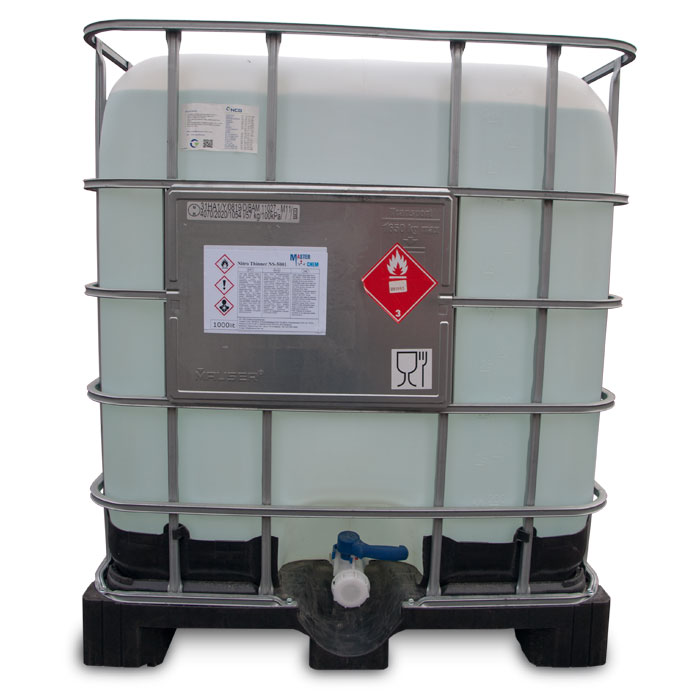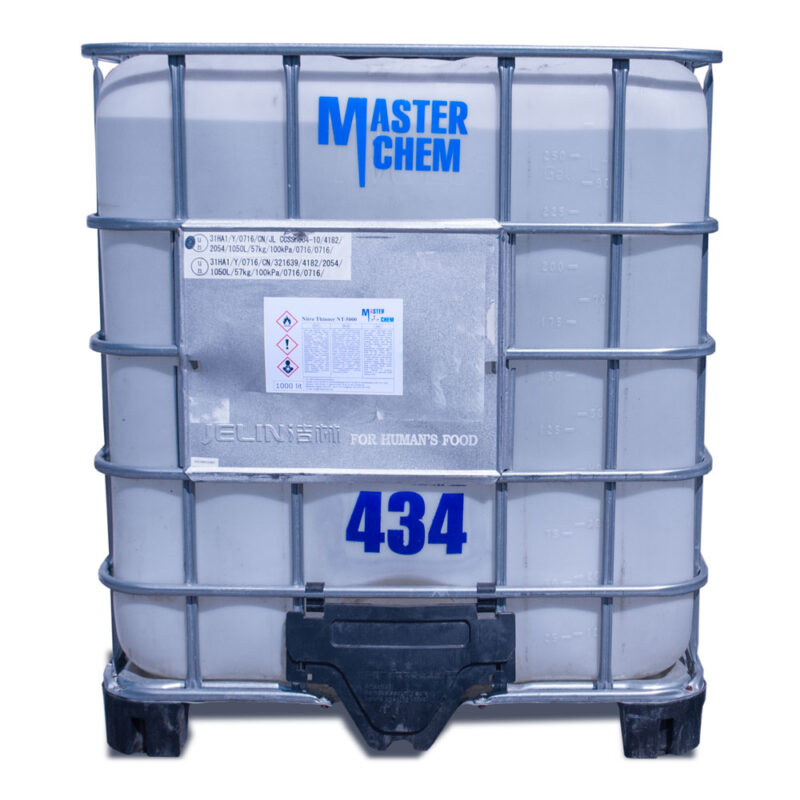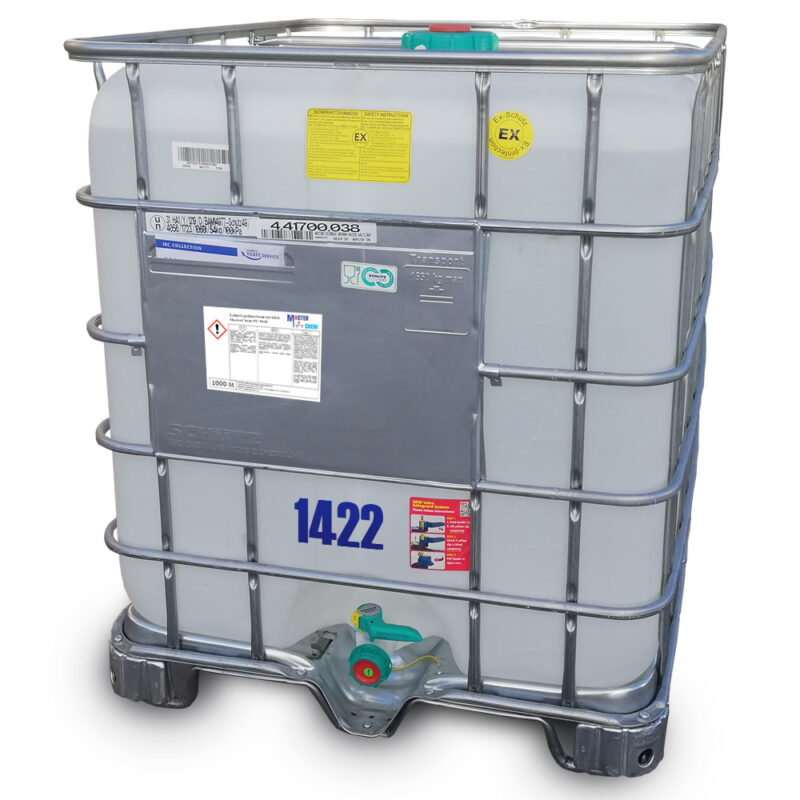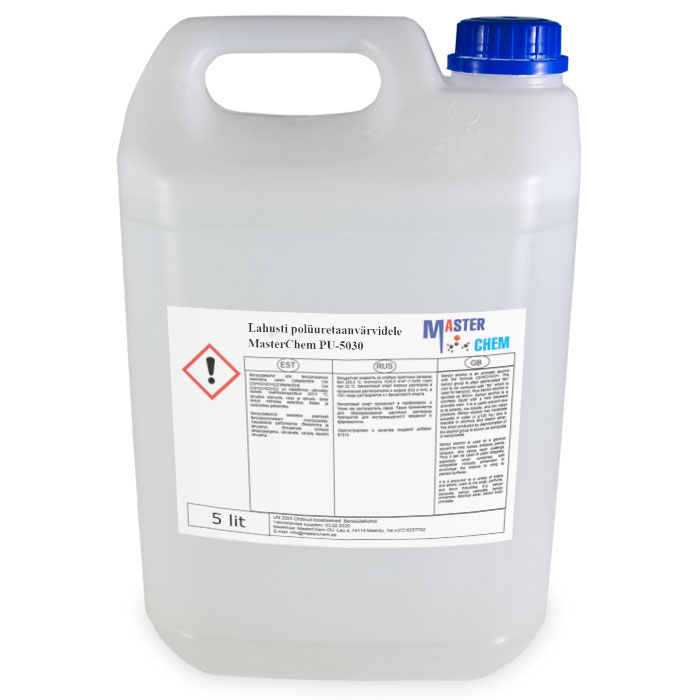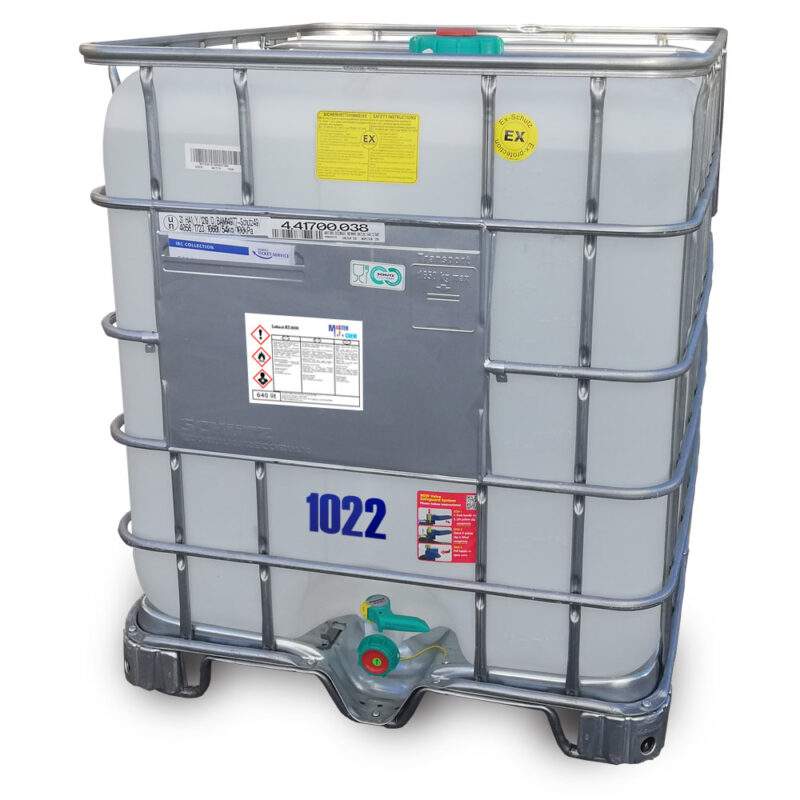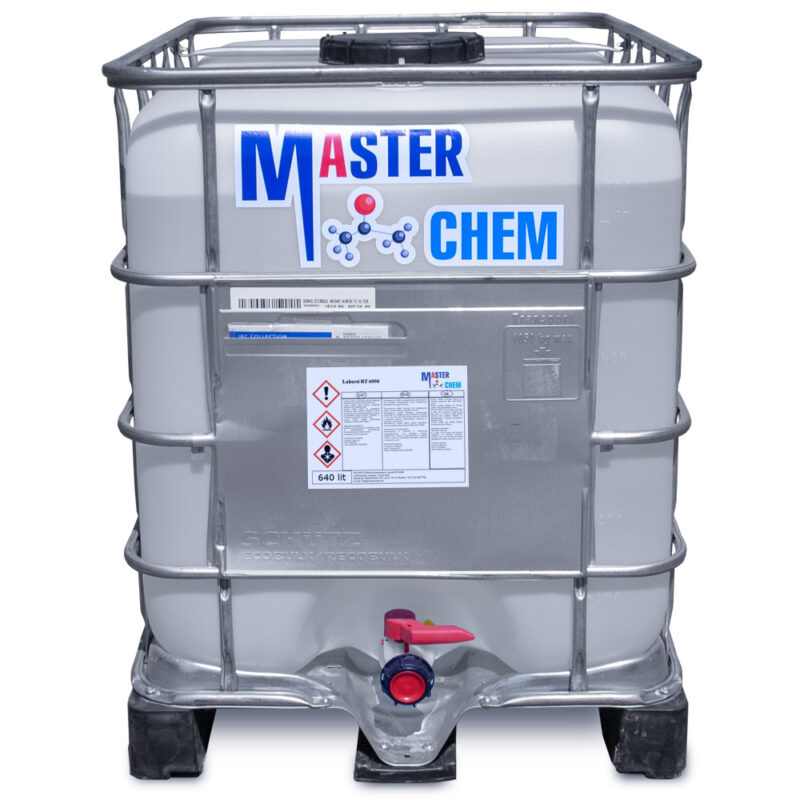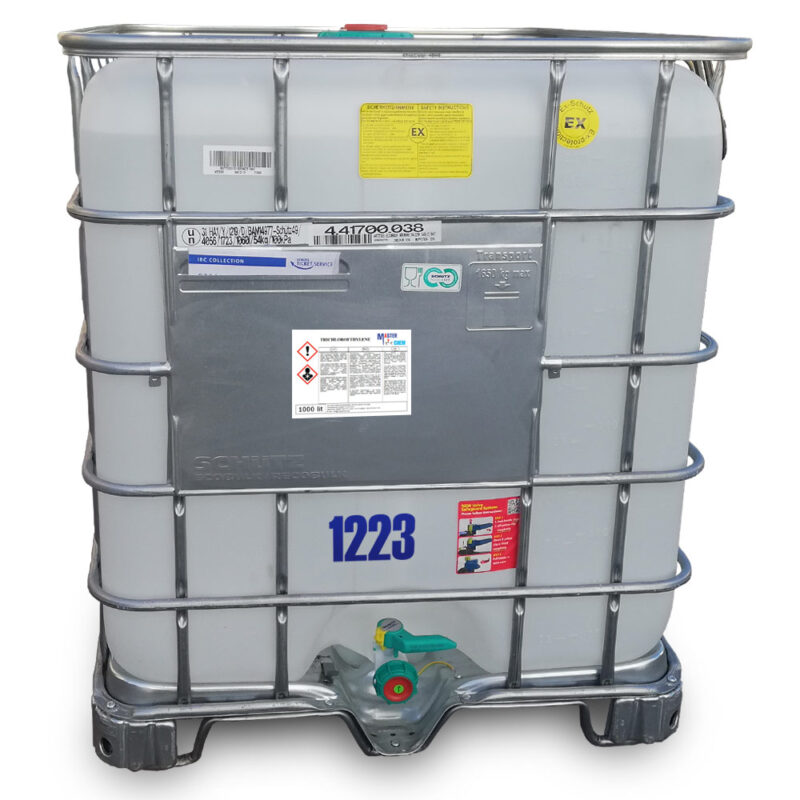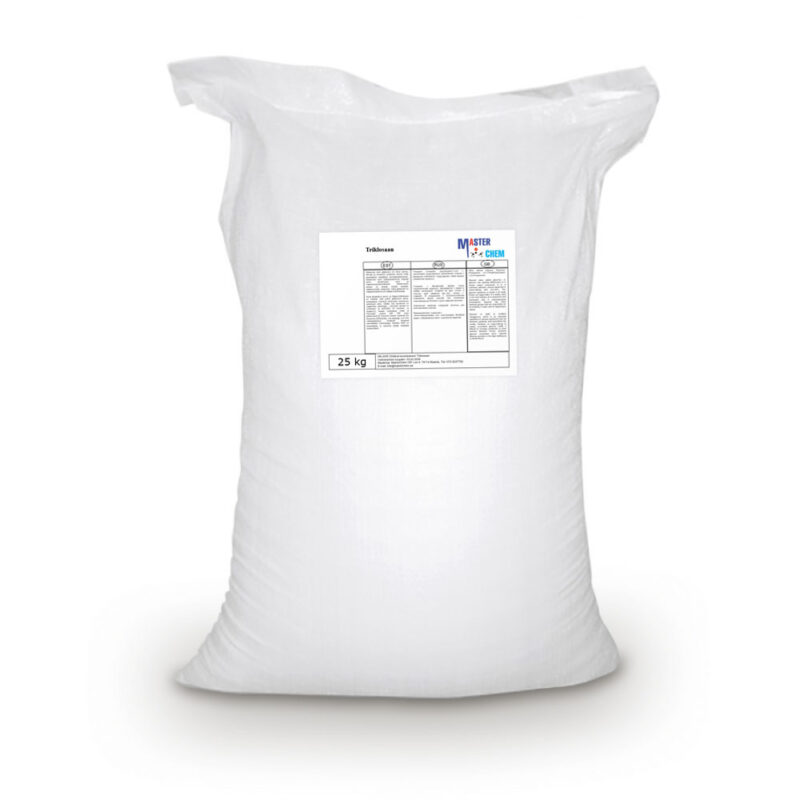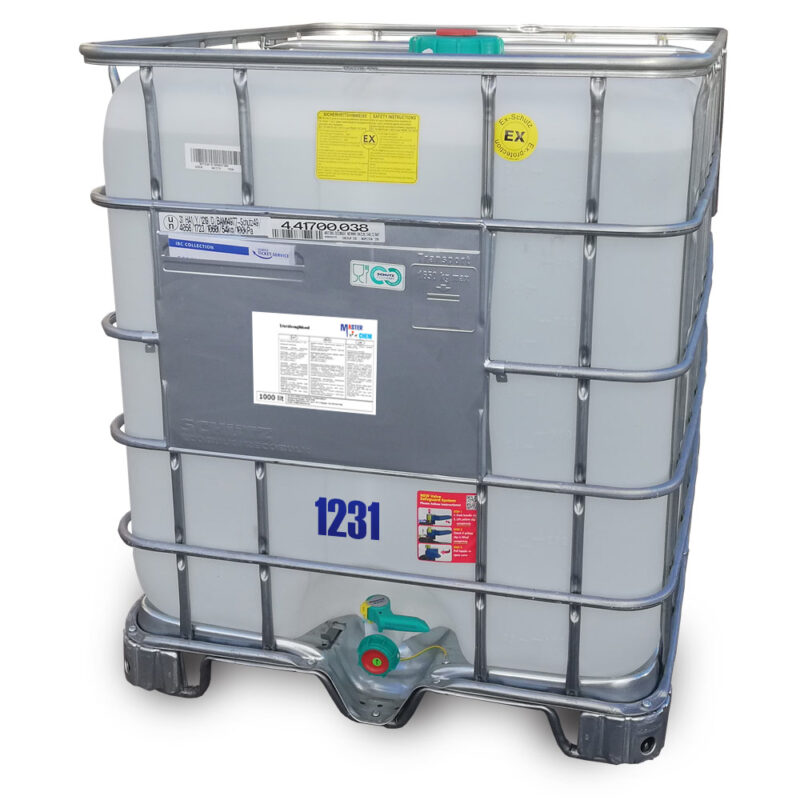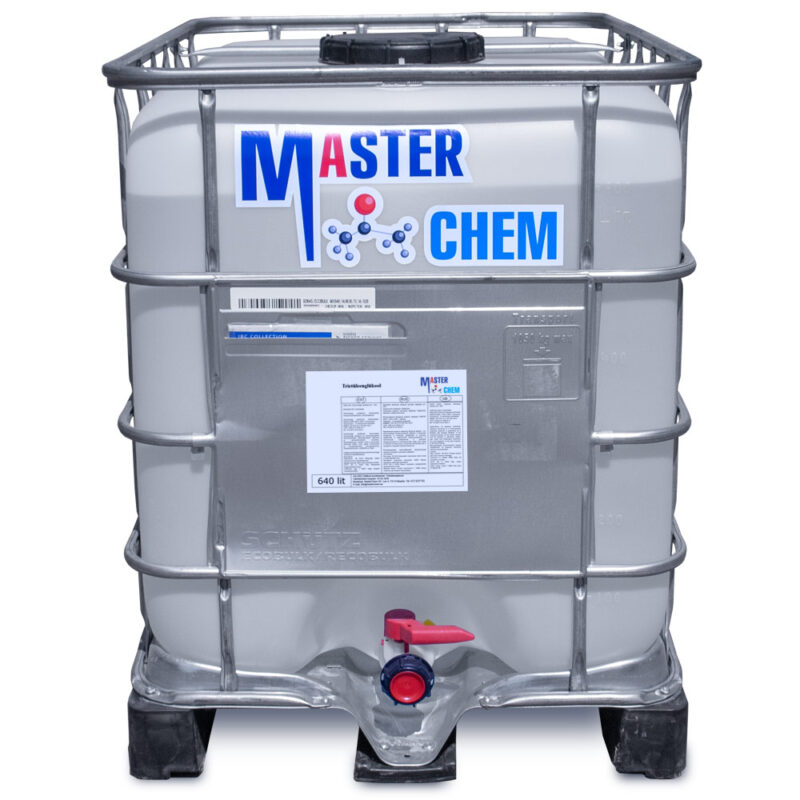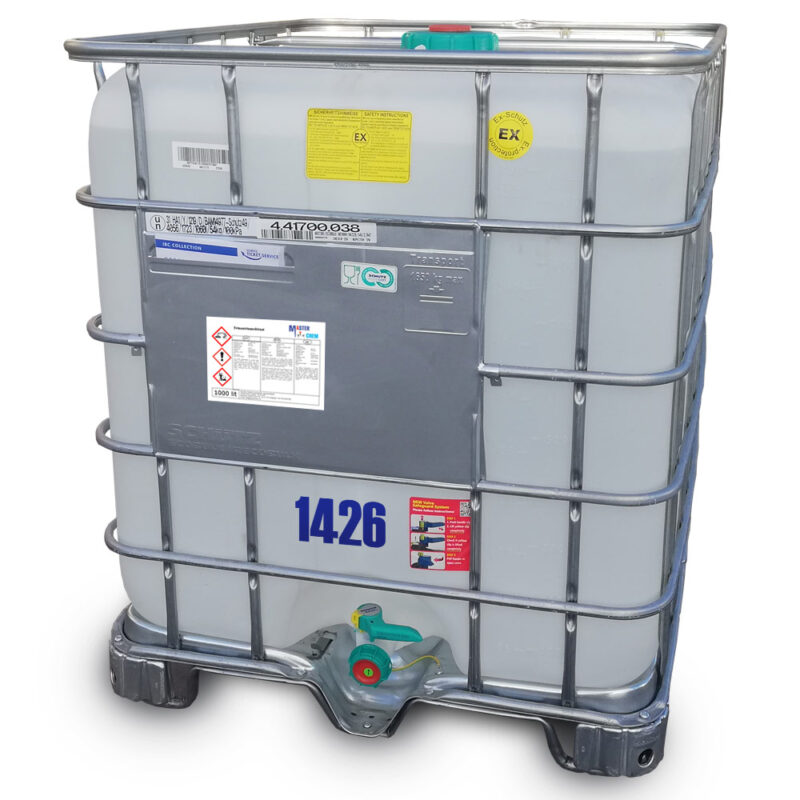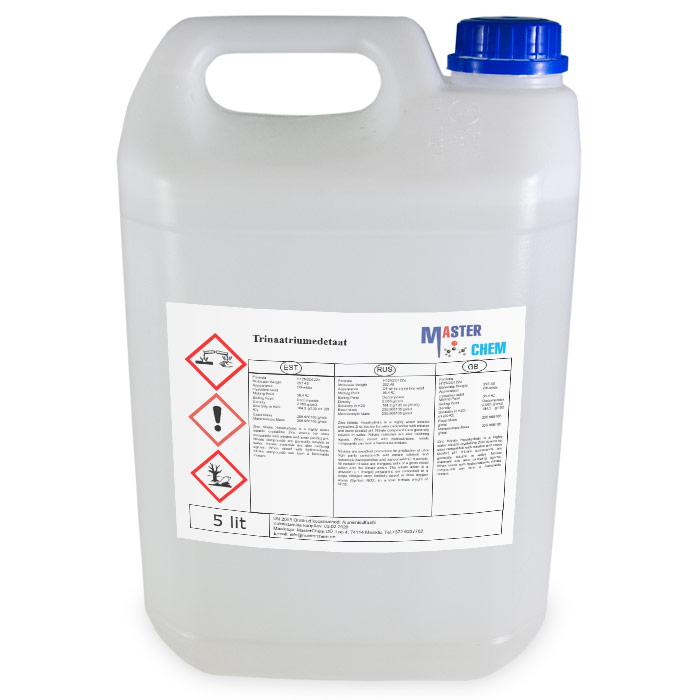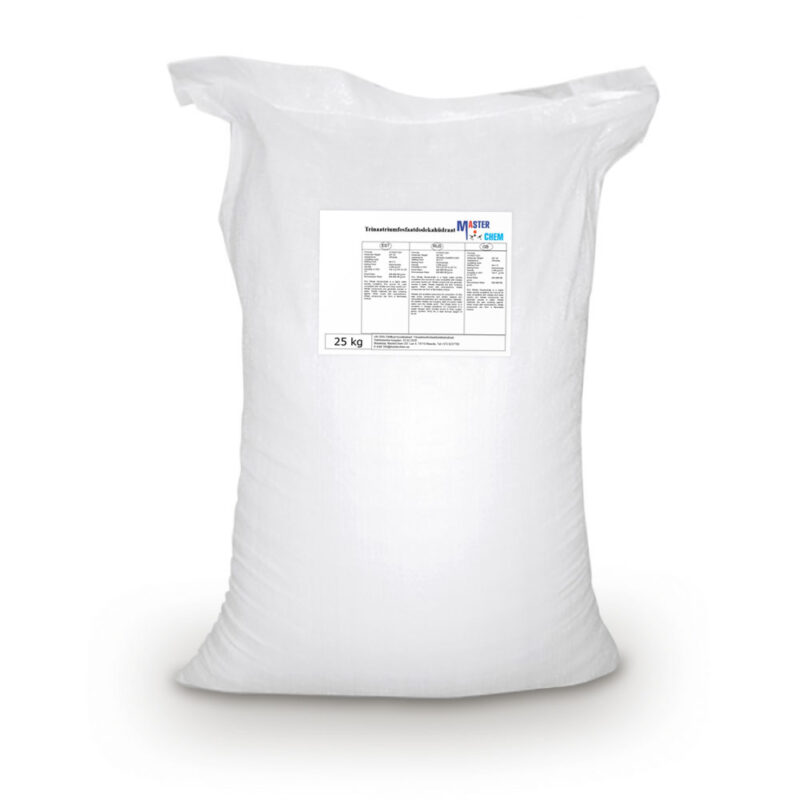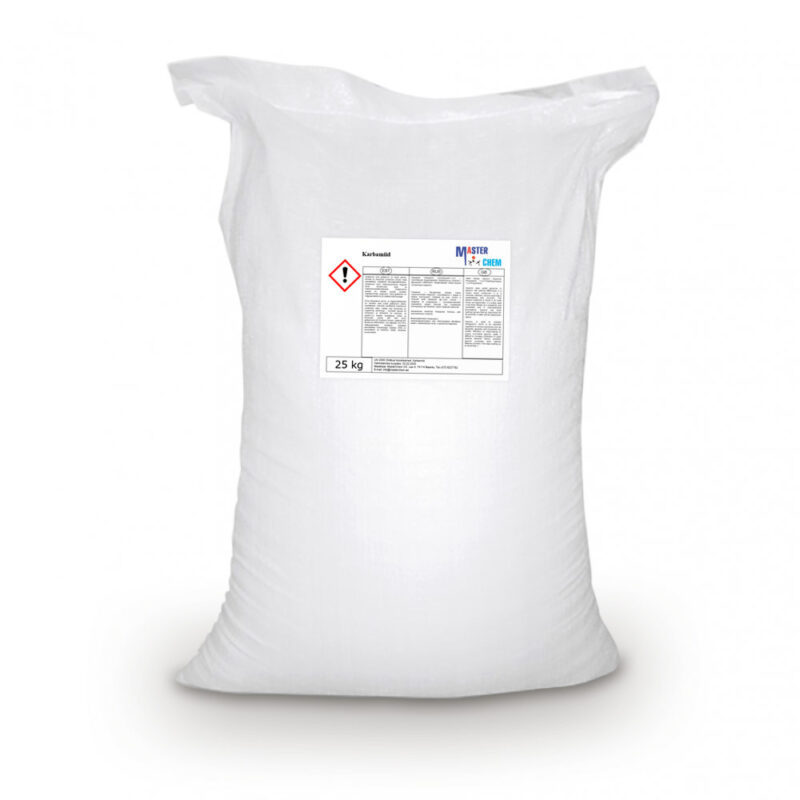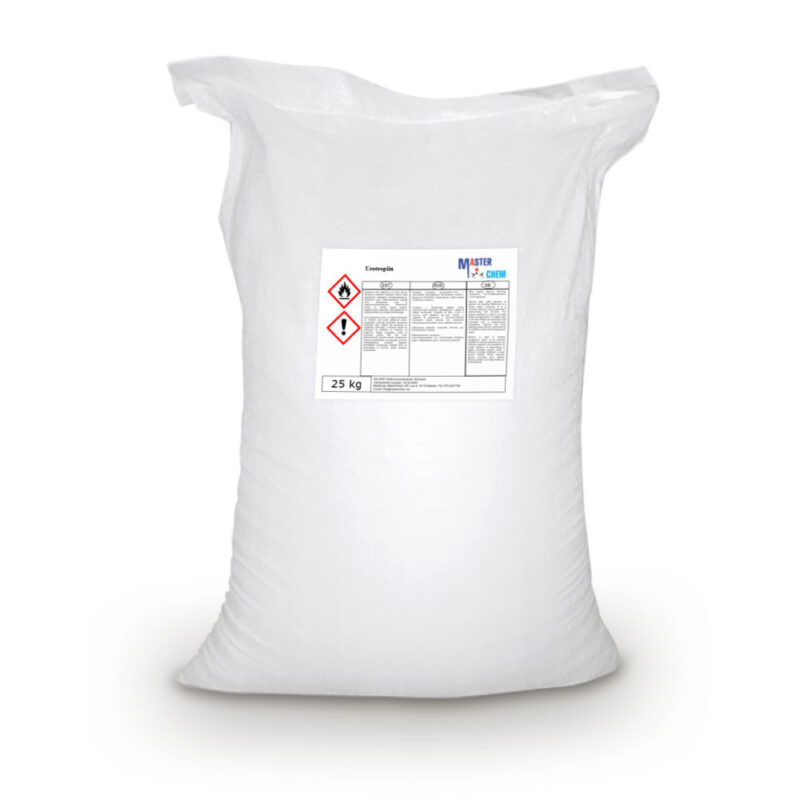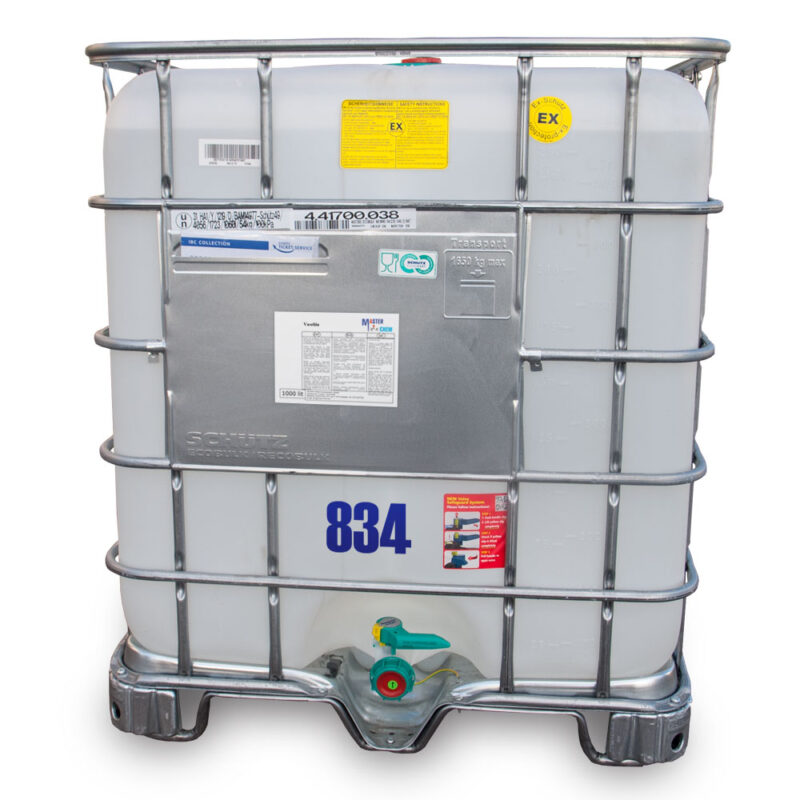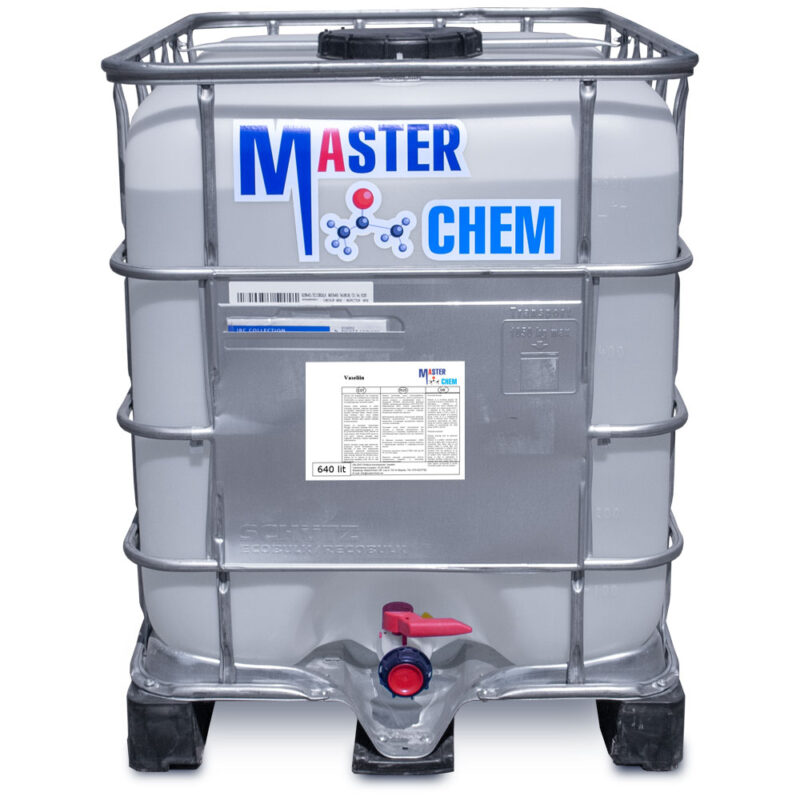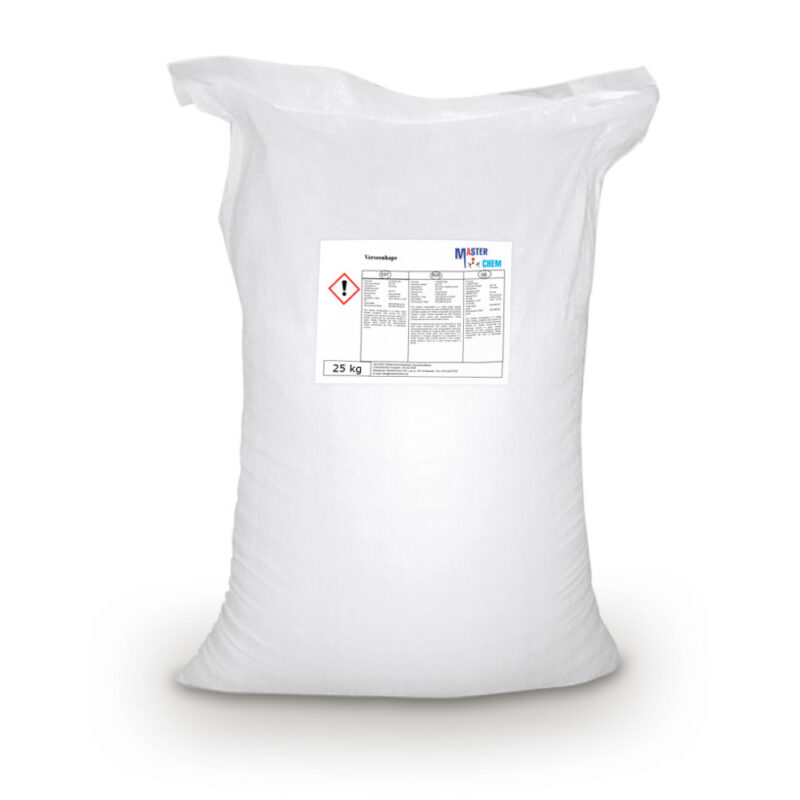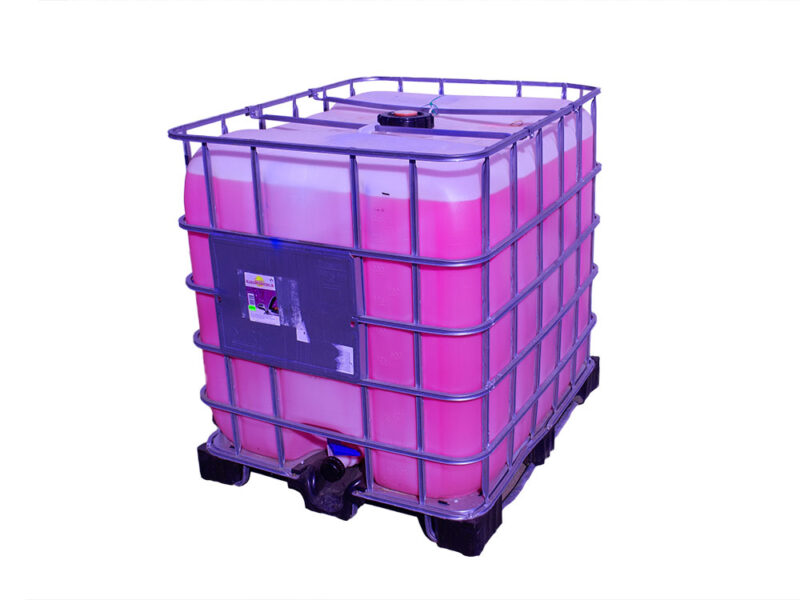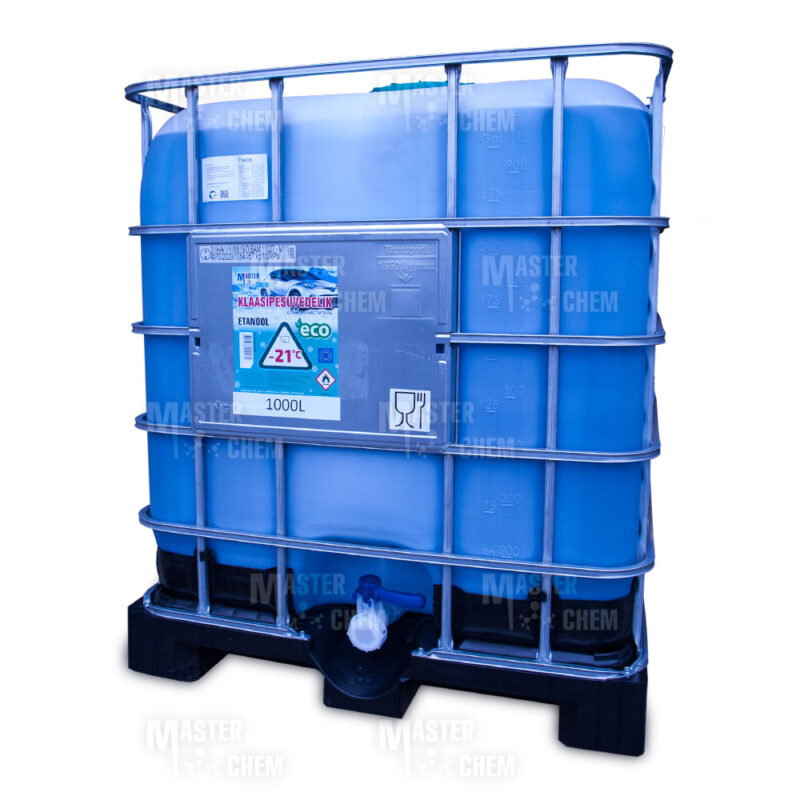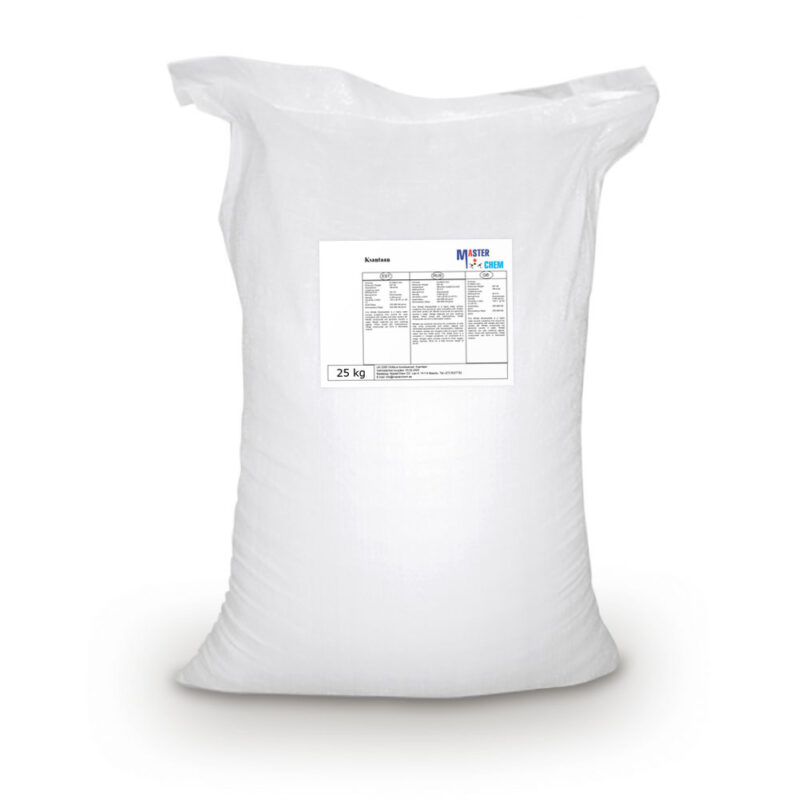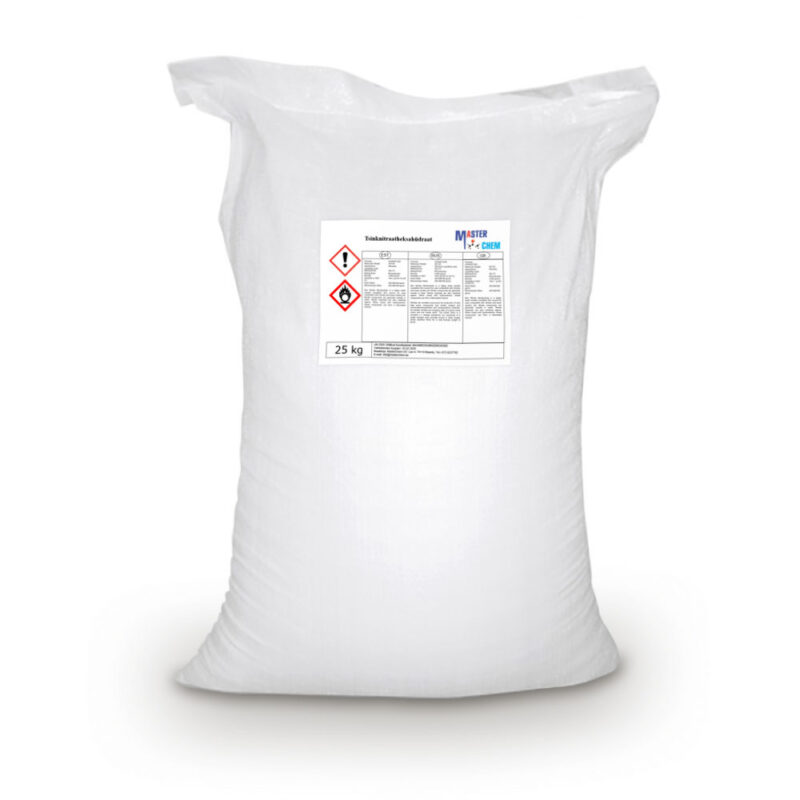Tetrachloroethylene (CAS 127-18-4)
Other names: Tetrachloroethylene, Perchloroethene, Perchloroethylene, Perc, PCE
Tetrachloroethylene, also known under the systematic name tetrachloroethene, or perchloroethylene (“perc” or “PERC”), and many other names, is a chlorocarbon with the formula Cl2C=CCl2. It is a colorless liquid widely used for dry cleaning of fabrics, hence it is sometimes called “dry-cleaning fluid”. It has a sweet odor detectable by most people at a concentration of 1 part per million (1 ppm). Worldwide production was about 1 million metric tons (980,000 long tons; 1,100,000 short tons) in 1985.
CAS: 127-18-4
Tetrasodium edetate (CAS 64-02-8)
Tetrasodium edetate (CAS 64-02-8)
Tetrasodium edetate is the salt resulting from the neutralization of ethylenediaminetetraacetic acid with four equivalents of sodium hydroxide (or an equivalent sodium base). It is a white solid that is highly soluble in water. Commercial samples are often hydrated, e.g. Na4EDTA.4H2O. The properties of solutions produced from the anhydrous and hydrated forms are the same, provided they are at the same pH.
It is used as a source of the chelating agent EDTA4-. A 1% aqueous solution has a pH of approximately 11.3. When dissolved in neutral water, it converts partially to H2EDTA2-. Ethylenediaminetetraacetic acid is produced commercially via the intermediacy of tetrasodium EDTA.
Thinner A-5010 (CAS 1330-20-7)
Thinner A-5010 – solvent for alkyd end epoxy based paints, primers, varnishes and coatings. It is a specially prepared multi-component mixture of organic solvents based on xylene.
Thinner A-5010 is used in the synthesis of dyes, as well as a liquid suitable for dissolving epoxy resin, paints based on glyphthal resins, bitumen varnishes. Paint with Thinner A-5010 dries longer, but shines better.
Thinner A-5010 Is a quaranteed best result, proven by longterm proffessional experience.
Thinner A-5010 is best suited for thinning all types of alkyd paints, enamels and primers to working viscosity, degreasing the surface before painting and cleaning tools after work.
Thinner BC06-3019
Solvent BC06-3019 – brake cleaner that effectively removes dirt.
A very fast evaporating cleaning agent that removes the smallest oil particles from the surface.
Our product is unique in that it is completely volatile and leaves no residue. Does not contain acetone or acetates. Does not cause corrosion. Can be used with different types of plastics. May cause damage rubber products.
Used to remove grease, oil, soot, brake dust and fluid. Due to its fast drying time it is possible to use the cleaned parts almost immediately and continue the work.
It is also suitable for use as a universal technical cleaner for all mechanical parts for cleaning from oil and other contaminants.
Solvent BC06-3019 can also be used to clean electrical contacts and connections
Physical and chemical properties:
Color: transparent, colorless.
Odor: slight special odor
Thinner I-5008
Thinner I-5008: Universal solvent for cleaning equipment after water-based paints.
Thinner I-5008: Suitable for thinning paints, water-based base primers.
Thinner I-5008: It has unique properties to wash off all polymer residues and dust, due to a mixture of high quality alcohols and acetates: Etanool, n-Butüülatsetaat, 1-methoxy 2-propanool, Propaan-2-ool.
Thinner I-5008: Low Volatile Organic Compound (VOC): 550g / L
Thinner Nitro NS-5001
Thinner NS-5001 is a mixture of esters, acetates, alcohol, aromatic solvents and ketones suitable diluents to all nitro products.
Thinner Nitro NT-5000
THINNER NITRO, as a mixture of quality organic solvents (6 components).This is a product used for thinning lacquers, paints, enamel, varnishes and for cleaning the corresponding brushes, rollers and other tools. MasterChem produce this product directly.
Thinner PU-5030
Application and use:
– used to correct the viscosity of polyurethane paints, varnishes when painting wood and metal,
– dilution of polyurethane putties,
– degreasing and removal of dust from metal surfaces,
– thinning paint and cleaning tools,
– washing spray guns and other equipment after using paints and varnishes.
Packaging:
20 lit metal can UN
25 lit plastic can
200 lit drum/barrel
500 lit IBC container
1000 lit IBC container
BULK
Tip:
Store and transportation product at a temperature between -25 °C and 25 °C and do not expose it to direct sunlight.
Properties:
Density: at 20 degrees C – 0.88 g/cm3 +-0.05
Color – colorless liquid
THINNER RT-6006 – SOLVENT FOR RUBBER INDUSTRY
Solvent RT-6006 – is a solvent for the production of rubber products. Produced on the basis of light fractions of dearomatized straight distillation gasoline of low-sulfur petroleum products.
Solvent RT-6006 belongs to the 4th hazard class (low hazard).
Application and usage:
THINNER RT-6006 is used in the rubber industry, for the production of pipes and belts; for the preparation of rubber adhesives, and various mastics, printing inks.
For dissolving and bringing paints and varnishes to a working consistency.
Solvent RT-6006 is also used to degrease fabrics and leather, degrease electrical equipment, surfaces (before painting and not only), washing bearings, fittings before conservation, making special quick-drying oil paints, electrical insulating varnishes, diluting oil, bitumen and ethylene paints and varnishes, epoxy resins, removing small grease and oil stains from all types of fabric; Recommended as fuel for gasoline blowtorches. In addition, it is possible to use this type of gasoline as a fuel for catalytic heating pads, it also finds application in organic chemistry and is most often used in the repair of automatic transmissions, engines and other aggregate units. Indispensable in the optical industry
Solvent RT-6006 Also used for washing parts and fittings before conservation, in the production of artificial furs; in the production of paints and varnishes; for extracting rosin from wood
Toluene (CAS 108-88-3)
Other names: Phenyl methane, Toluol, Anisen, Methyl benzene
Toluene, also known as toluol, is an aromatic hydrocarbon. It is a colorless, water-insoluble liquid with the smell associated with paint thinners. It is a mono-substituted benzene derivative, consisting of a CH3 group attached to a phenyl group. As such, its IUPAC systematic name is methylbenzene. Toluene is predominantly used as an industrial feedstock and a solvent.
CAS: 108-88-3
Trichloroethylene (CAS 79-01-6)
Other names: 1,1,2-Trichloroethene, 1,1-Dichloro-2-Chloroethylene, 1-Chloro-2,2-Dichloroethylene, Acetylene Trichloride, TCE, Trethylene, Triclene, Tri, Trimar, Trilene, HCC-1120
The chemical compound trichloroethylene is a halocarbon commonly used as an industrial solvent. It is a clear non-flammable liquid with a sweet smell. It should not be confused with the similar 1,1,1-trichloroethane, which is commonly known as chlorothene.
The IUPAC name is trichloroethene. Industrial abbreviations include TCE, trichlor, Trike, Tricky and tri. It has been sold under a variety of trade names. Under the trade names Trimar and Trilene, trichloroethylene was used as a volatile anesthetic and as an inhaled obstetrical analgesic in millions of patients.
CAS: 79-01-6
Triclosan (CAS 3380-34-5)
Triclosan (CAS 3380-34-5)
Triclosan (sometimes abbreviated as TCS) is an antibacterial and antifungal agent present in some consumer products, including toothpaste, soaps, detergents, toys, and surgical cleaning treatments. It is similar in its uses and mechanism of action to triclocarban. Its efficacy as an antimicrobial agent, the risk of antimicrobial resistance, and its possible role in disrupted hormonal development remains controversial. Additional research seeks to understand its potential effects on organisms and environmental health.
Triethylene glycol (CAS 112-27-6)
Triethylene glycol (CAS 112-27-6)
Triethylene glycol, TEG, or triglycol is a colorless odorless viscous liquid with molecular formula HOCH2CH2OCH2CH2OCH2CH2OH. It is used as a plasticizer for vinyl polymers. It is also used in air sanitizer products, such as “Oust” or “Clean and Pure”. When aerosolized it acts as a disinfectant. Glycols are also used as liquid desiccants for natural gas and in air conditioning systems. It is an additive for hydraulic fluids and brake fluids and is used as a base for “smoke machine” fluid in the entertainment industry.
Triethylene glycol is a member of a homologous series of dihydroxy alcohols. It is a colorless, odorless and stable liquid with high viscosity and a high boiling point. Apart from its use as a raw material in the manufacture and synthesis of other products, TEG is known for its hygroscopic quality and its ability to dehumidify fluids. This liquid is miscible with water, and at standard atmospheric pressure (101.325 kPa) has a boiling point of 286.5 °C and a freezing point of -7 °C. It is also soluble in ethanol, acetone, acetic acid, glycerine, pyridine, aldehydes; slightly soluble in diethyl ether; and insoluble in oil, fat and most hydrocarbons.
Trisodium edetate (CAS 139-89-9)
Trisodium edetate (CAS 139-89-9)
Ethylenediamine tetraacetic acid, trisodium salt is an odorless white crystalline powder. pH (1% aqueous solution) 9.3. pH (10% aqueous solution) about 8.3-8.7. (NTP, 1992)
Trisodium Phosphate Dodecahydrate (CAS 10101-89-0)
Trisodium Phosphate Dodecahydrate (CAS 10101-89-0)
Sodium phosphate tribasic dodecahydrate is also known as trisodium phospate or TSP. It is a highly soluble in water and widely used as a cleaning agent. The pH of a 1% solution is typically around 12, making this reagent sufficiently alkaline for saponification of grease and oils. In combination with surfactants, TSP is an excellent agent for cleaning everything from laundry to concrete driveways. This versatility and low manufacturing price made TSP the basis for a plethora of cleaning products sold in the mid-20th century. Trisodium phosphate is used in the isolation of mycobacteria, including culturing of tubercle bacilli. Has been used as a protein precipitant in certain applications and in co-precipitation and fractionization of nucleotides. May be used for the preservation of biologically active soil samples. Because of the alkaline pH, TSP disrupts cytoplasmic and outer membranes of Salmonella enterica cells making it useful in preventing the spread of bacteria.It is used in photographic developing, clarifying sugar, removing boiler scale, softening water and manufacturing of paper. They are added to many foods as an emulsifier to prevent oil separation. It can be utilized as a leavening agent. Some instances of these foods include the batter coating on breaded fish or chicken, and commercially baked cakes. Adding this item to food increases the shelf life of the food, maintaining the texture and visual aspect of the food.
Urea (CAS 57-13-6)
Urea (CAS 57-13-6)
Urea, also known as carbamide, is an organic compound with chemical formula CO(NH2)2. This amide has two –NH2 groups joined by a carbonyl (C=O) functional group.
Urea serves an important role in the metabolism of nitrogen-containing compounds by animals and is the main nitrogen-containing substance in the urine of mammals. It is a colorless, odorless solid, highly soluble in water, and practically non-toxic (LD50 is 15 g/kg for rats).[6] Dissolved in water, it is neither acidic nor alkaline. The body uses it in many processes, most notably nitrogen excretion. The liver forms it by combining two ammonia molecules (NH3) with a carbon dioxide (CO2) molecule in the urea cycle. Urea is widely used in fertilizers as a source of nitrogen (N) and is an important raw material for the chemical industry.
Friedrich Wöhler discovered that urea can be produced from inorganic starting materials, which was an important conceptual milestone in chemistry in 1828. It showed for the first time that a substance previously known only as a byproduct of life could be synthesized in the laboratory without biological starting materials, thereby contradicting the widely held doctrine of vitalism, which stated that only living things could produce the chemicals of life.
Urotropine (stabilized, unstablished) (CAS 100-97-0)
Urotropine (stabilized, unstablished) (CAS 100-97-0)
Hexamethylenetetramine, also known as methenamine, hexamine, or urotropin, is a heterocyclic organic compound with the formula (CH2)6N4. This white crystalline compound is highly soluble in water and polar organic solvents. It has a cage-like structure similar to adamantane. It is useful in the synthesis of other organic compounds, including plastics, pharmaceuticals, and rubber additives. It sublimes in vacuum at 280 °C.
Vaseline (white, yellow) (CAS 8009-03-8)
Vaseline (white, yellow) (CAS 8009-03-8)
Vaseline (Latin Vaselinum, Paraffinum unguinosum, Petrolatum) is an odorless and tasteless buttery white liquid. With incomplete cleaning, the color changes from black to yellow, with complete cleaning – to translucent. Consists of a mixture of mineral oil and hard paraffins. Melting point 27-60 ° C, viscosity 28-36 mm² / s at 50 ° C. Let’s dissolve in ether and chloroform, insoluble in water and alcohol, miscible with any oils except castor oil. Obtained from vacuum distillate oil fractions by thickening with petrolatum, paraffin and ceresin. Does not saponify with alkali solutions, does not oxidize, does not turn rancid in air.
Versenic Acid (CAS 60-00-4)
Versenic Acid (CAS 60-00-4)
Versenic Acid is a specialized raw material for the cosmetics industry. It is used, among others in shampoos, creams, lip glosses, tanning products and shower gels. Serves as a consistency stabilizer improving viscosity and giving the right consistency. It is also a preservative aimed at preventing changes in the consistency, appearance and smell of cosmetics. In high concentration, it is irritating to the mucosa and skin.
Windscreen washer summer MasterChem
Windscreen washer summer MasterChem
Ready to use windshield washer fluid for summer use. Contains special additives (nano) to remove insect debris and dirt from the windscreen. Does not damage rubber or plastic parts. Made by MasterChem.
Windshield Washer Fluid winter -21°C ECO ethanol base MasterChem
Ready to use windshield washer fluid for winter use. Freezing Point -21 °C. Contains special additives (nano) to remove insect debris and dirt from the windscreen. Does not damage rubber or plastic parts. Made by MasterChem.
Xanthan gum (CAS 11138-66-2)
Xanthan gum (CAS 11138-66-2)
Xanthan gum (/ˈzænθən/) is a polysaccharide with many industrial uses, including as a common food additive. It is an effective thickening agent and stabilizer to prevent ingredients from separating. It can be produced from simple sugars using a fermentation process, and derives its name from the species of bacteria used, Xanthomonas campestris.
Zinc nitrate hexahydrate (CAS 10196-18-6)
Zinc nitrate hexahydrate (CAS 10196-18-6)
Zinc Nitrate Hexahydrate is a highly water soluble crystalline Zinc source for uses compatible with nitrates and lower (acidic) pH. Nitrate compounds are generally soluble in water. Nitrate materials are also oxidizing agents. When mixed with hydrocarbons, nitrate compounds can form a flammable mixture. Nitrates are excellent precursors for production of ultra high purity compounds and certain catalyst and nanoscale(nanoparticles and nanopowders) materials. All metallic nitrates are inorganic salts of a given metal cation and the nitrate anion. The nitrate anion is a univalent (-1 charge) polyatomic ion composed of a single nitrogen atom ionically bound to three oxygen atoms (Symbol: NO3) for a total formula weight of 62.05.

